Look closely at the team photograph of the Royal High School Former Pupils team from 1871: it may come as something of a surprise that one of the players is black.
Standing between two well-known Scotland internationalists, Angus Buchanan and Alexander Petrie, he is identified in the caption as JG Robertson.
So, who was he? Can he claim to be the world's first black rugby player?
Finding out about Robertson took some detailed research to identify him and unravel his fascinating story. It turns out he was a prominent rugby player on both sides of the border who would surely have faced significant social barriers because of his colour, yet appears to have been accepted and integrated.
The answer is that he was the son of Dr Daniel Robertson, a Perthshire-born surgeon who had gone to Gambia in 1834 after graduating from Edinburgh University, and rose to become colonial secretary. Daniel Robertson devoted his entire working life to Gambia and spent over 30 years there before retiring in the mid-1860s. There is no record of him marrying, and the assumption must be that he had a relationship with a Gambian woman which produced two sons: James George Robertson was born about 1854 in Bathurst, Gambia, and his younger brother John three years later.
James was sent to Scotland for his education, initially boarding in Crieff (1861 census) before going to live in St Andrews, where his father and younger brother joined him. James attended Madras College from 1866-70, did well educationally and matriculated at St Andrews University in 1870, but left after his first year.
In the autumn of 1871 he went to Edinburgh University to study medicine and throughout his five years in the capital he played rugby for Royal High School FPs. It would have been natural for him to join the University's thriving sports teams, yet he chose not to. The obvious question is 'Why?' as the major unknown factor in this story is the lack of an obvious connection between him and the school. One can speculate that he may have gone to the Royal High as a boy, or his father had a connection, but I have not yet found any proof.
Dr Robertson went on to captain the North Durham club, which was based in Gateshead, from 1879-82 and may have played for Darlington after that, although records are not clear.
He married local girl Emily Joel in Newcastle in 1879, and they had three sons and a daughter. The 1891 census shows the family living in Gateshead, joined by James’s father. However, Daniel died in 1892 and this may have been the catalyst for the family to move on, as in 1894 James Robertson purchased a medical practice in Ashwell, Hertfordshire. He became a prominent figure in local life, not only as the town's doctor but also as president of Ashwell tennis club and a committee member for the cricket club.
However, his life ended unexpectedly in February 1900. He had been doing his usual rounds but when he came home he collapsed and died in front of his wife. The funeral three days later attracted over 300 mourners and he was buried in St Mary's Churchyard. He was only 46, and left almost £10,000 in his will.
JG Robertson's story is important as he is the first known black footballer, of any code, yet I have not found a single reference to Robertson's colour in contemporary accounts.
The common thread for all three is that their colour was barely mentioned (if at all) in newspaper reports, and there is virtually nothing to indicate that they suffered discrimination due to their colour. This raises the question as to whether their social class allowed them to rise above racial discrimination.
It also make me wonder why attitudes then changed, making it harder for non-white players to participate in high level sport: from Arthur Wharton onwards, their colour was regularly highlighted and discrimination in sport became the norm.
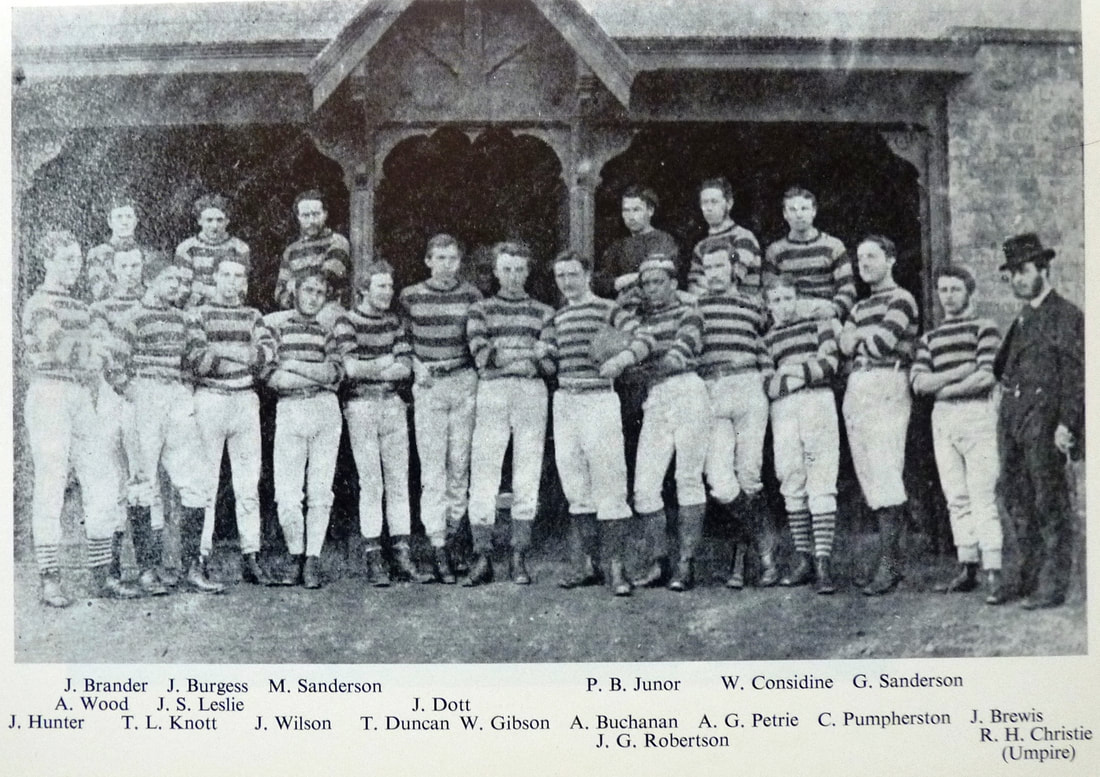
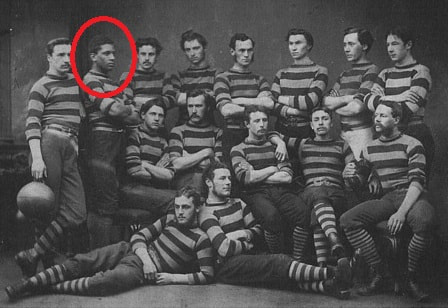
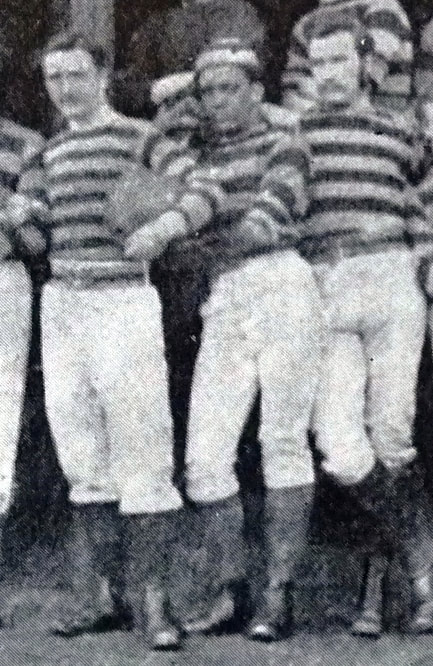
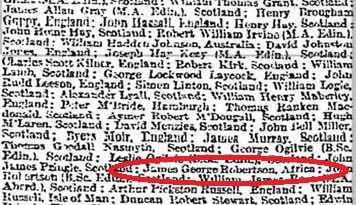
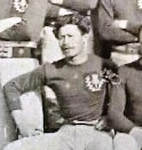
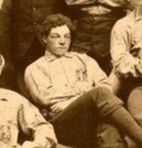
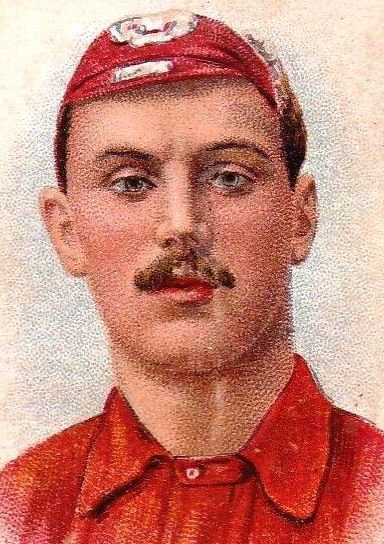
 RSS Feed
RSS Feed